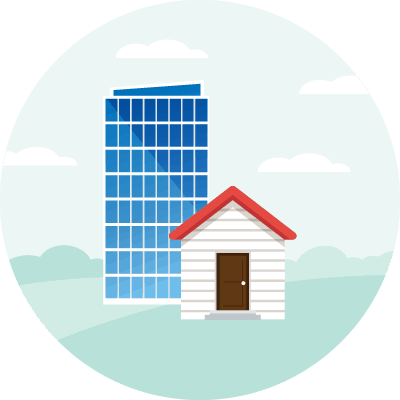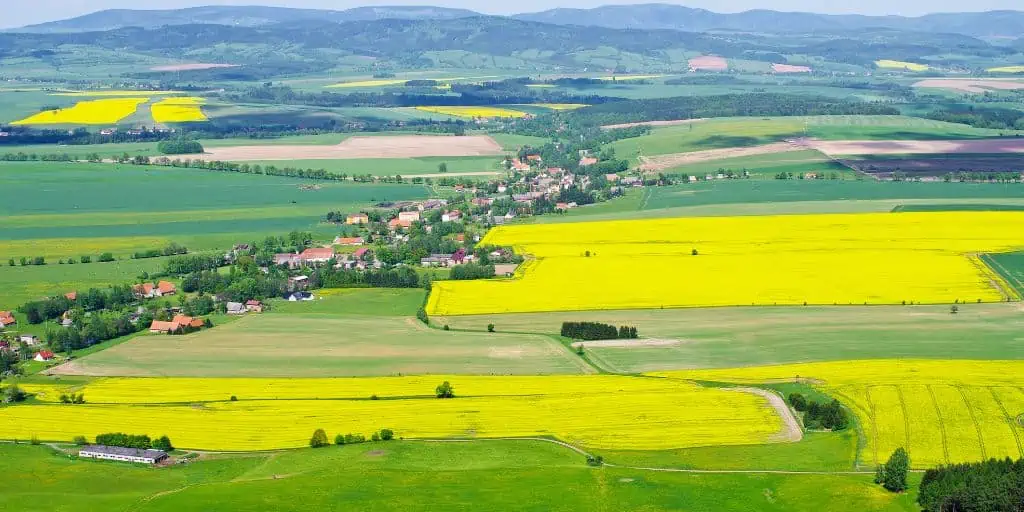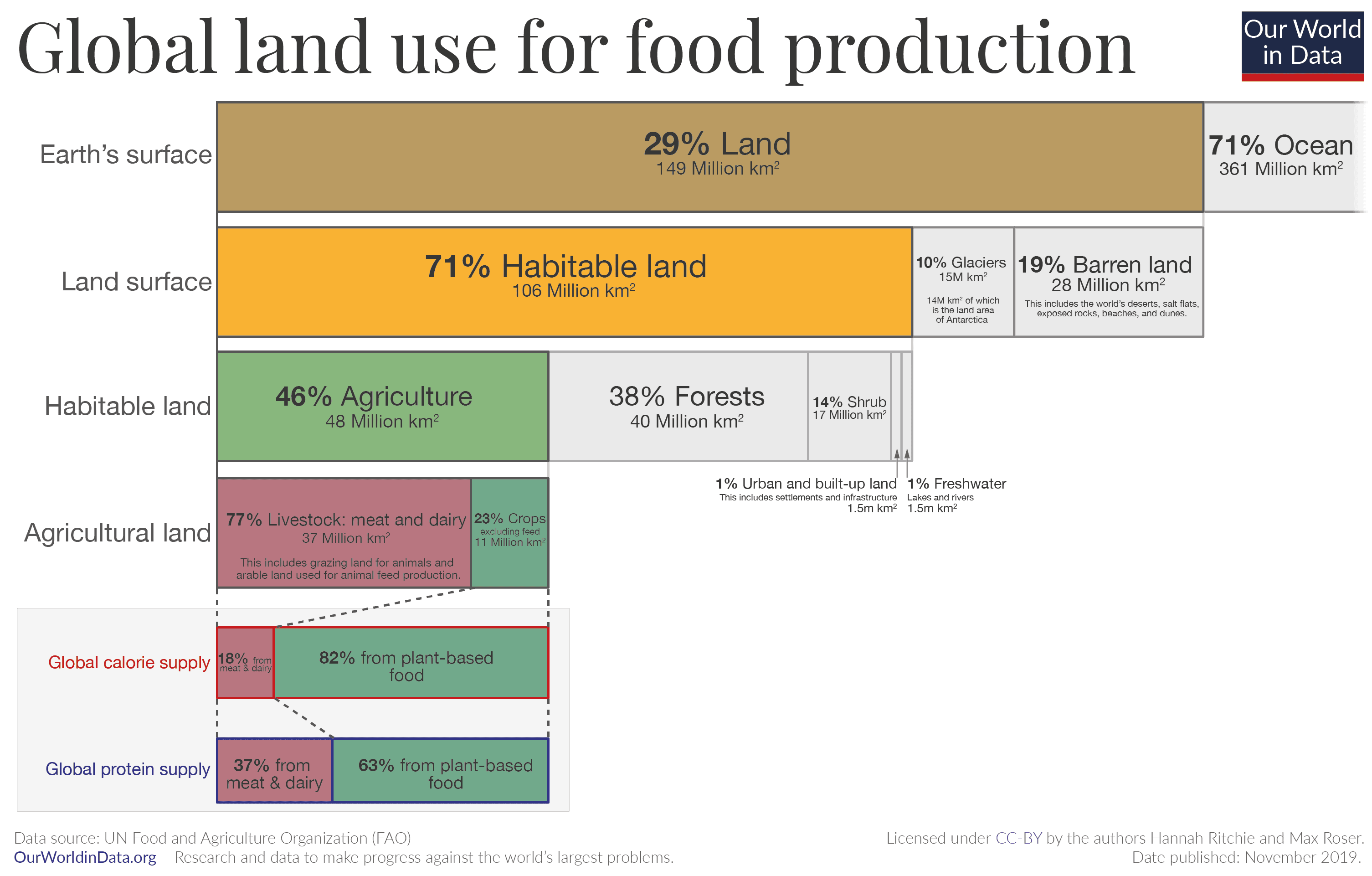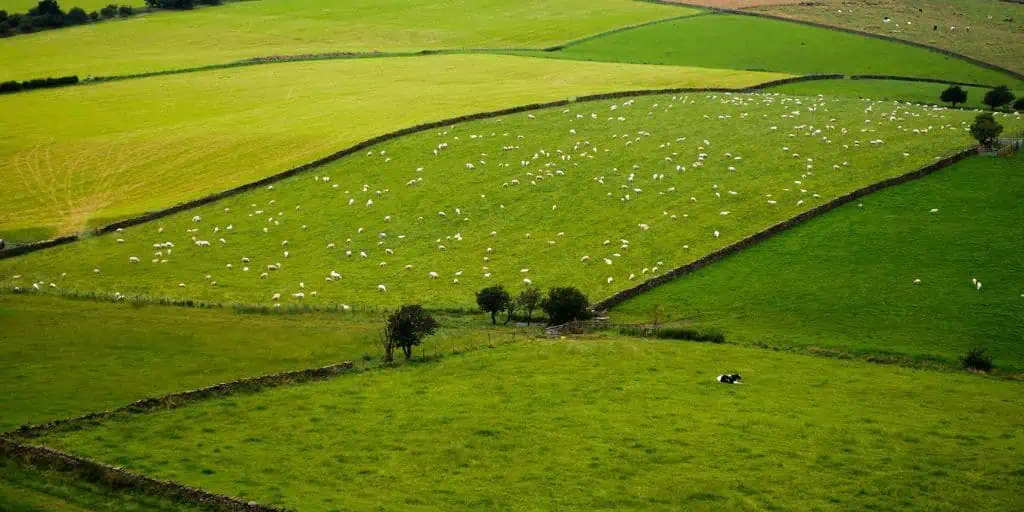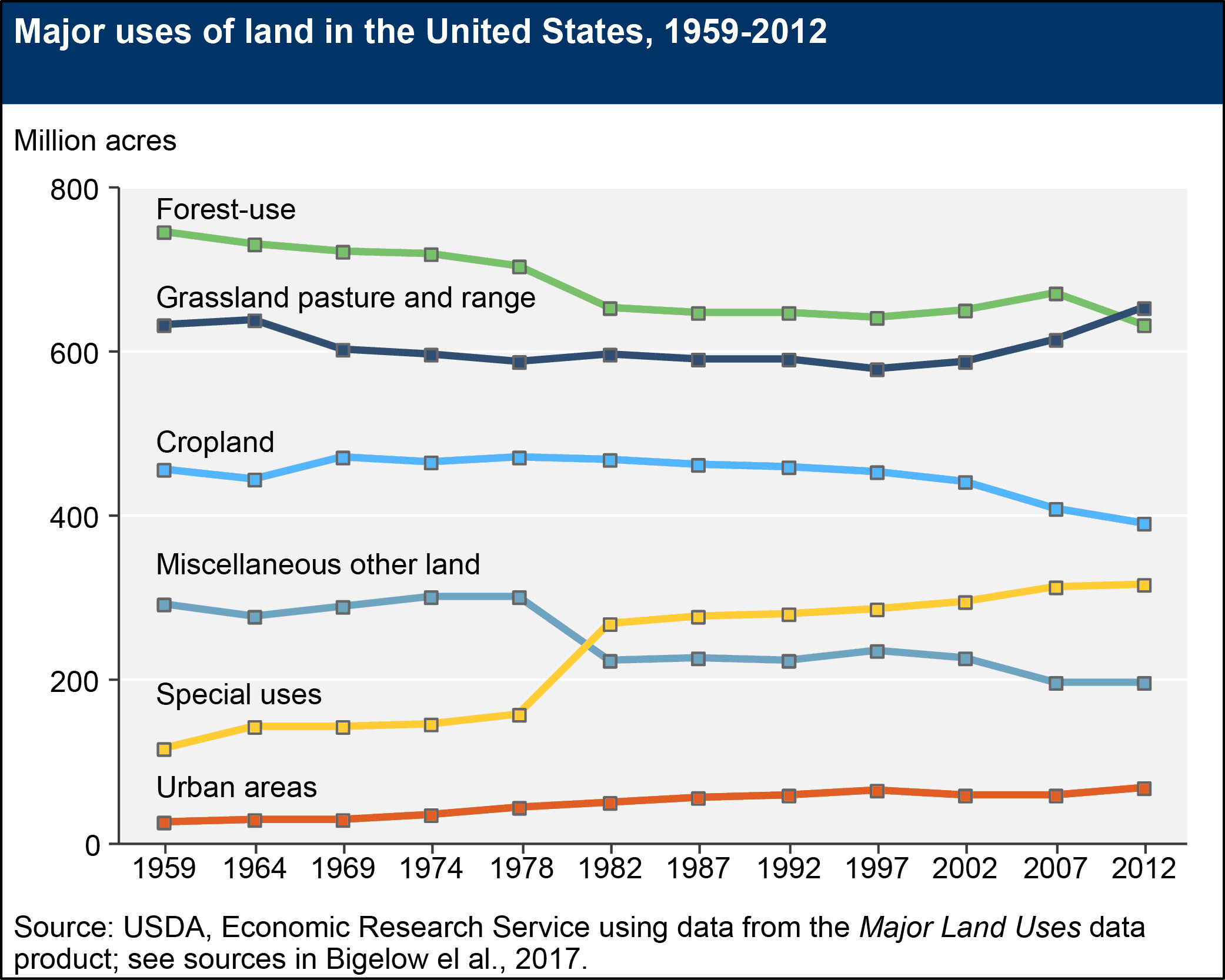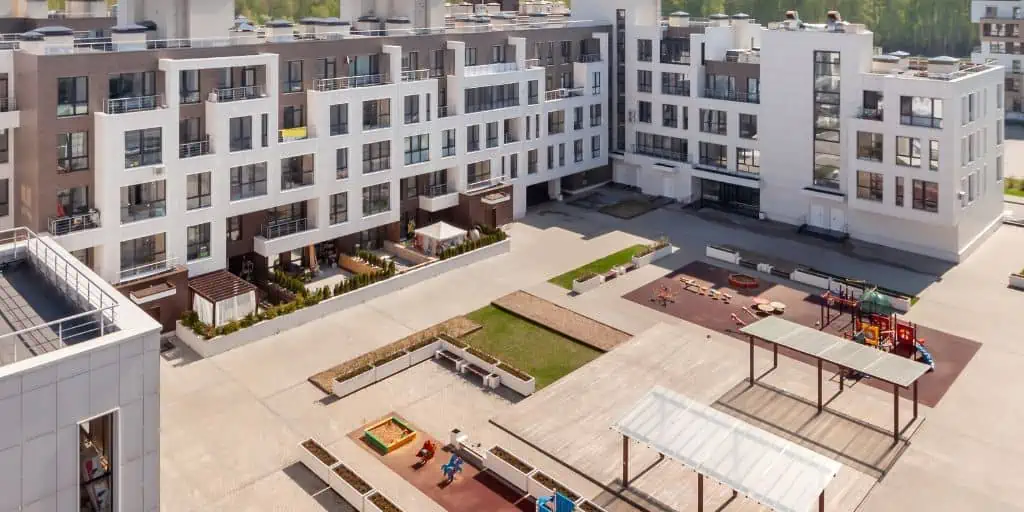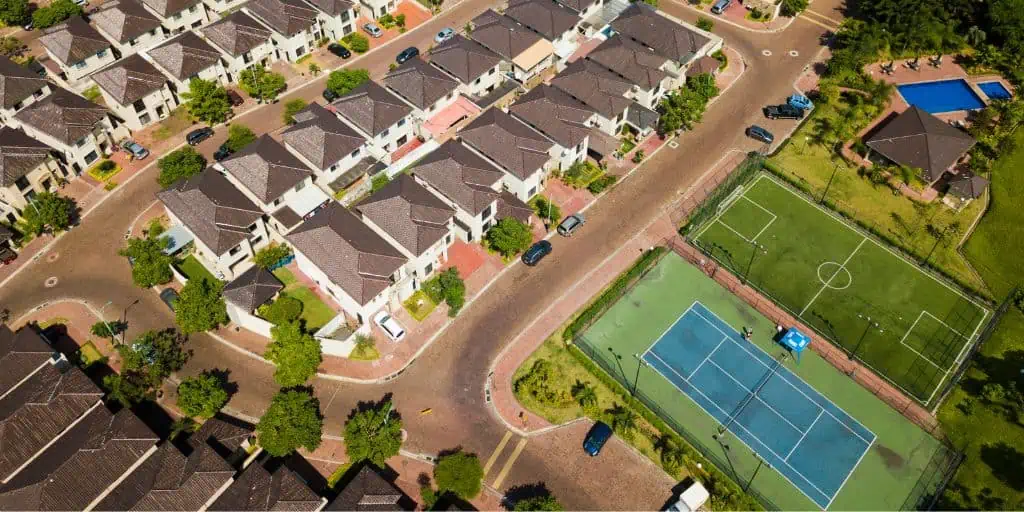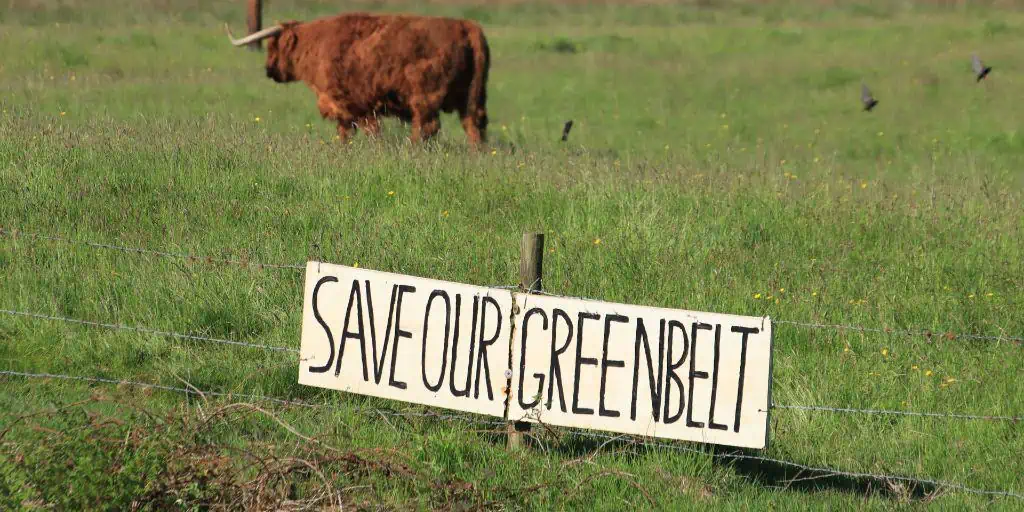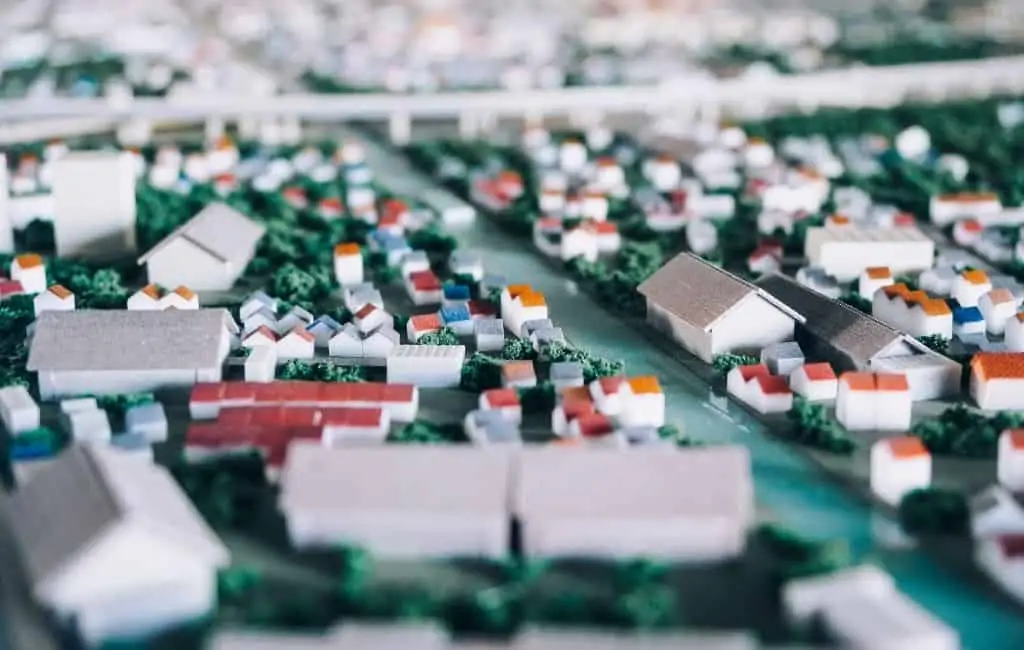What Is Land Use?
Shortcuts
- Land use refers to how areas of land are designated and utilized for specific purposes.
- There are six major categories of land use: residential, commercial, industrial, agricultural, recreational, and transportation, with some planners citing a seventh, conservation.
- Land use and zoning in real estate are different, with the former indicating actual usage and the latter defining permissible uses through local regulations.
- Changes in land use and zoning can significantly influence property values, impacting investment decisions.
- Sustainable land use practices, such as Urban Growth Boundaries and mixed-use developments, are vital for environmental sustainability and combatting climate change.
Understanding Land Use
Land use involves the activities, practices, and decisions related to allocating, using, and managing land resources. It determines how different areas of land are designated and utilized for specific purposes, such as residential, commercial, agricultural production, conservation, infrastructure, and public spaces.
Since there is only so much land and limited resources, governments often decide how to use land based on the most important needs of a community or area. When they know what these needs are, they can make plans for allocating land resources to meet them[1]—a practice known as land use planning.
Land use planning is often predicated on the scarcity of land. For example, only about 71% of all land on the planet is habitable (with significant portions of the rest being deserts, mountain ranges, or frozen in ice caps and glaciers)[2], despite the fact that the human population is continually increasing. To help support this growing population, many countries around the world have set aside vast expanses of land for agricultural production.
Below is a breakdown of global land use based on data from the United Nations Food and Agriculture Organization (FAO):
Therefore, land use planners aim to balance the most efficient use of resources with economic, social, and environmental aspects.
Land Use Categories
Land use is typically categorized into six broad classifications[3]. While the specific categories may vary between jurisdictions, here are common land use classifications in the United States:
- Residential: Residential land use refers to areas primarily used for housing, including (but not limited to) single-family homes, apartments, townhouses, and condominiums. This land use can further be classified into different density levels, such as low-density residential (suburban), medium-density residential (urban neighborhoods), and high-density residential (apartment complexes or high-rise buildings).
- Commercial: Commercial land use includes areas designated for business activities, such as retail stores, office buildings, shopping centers, hotels, and restaurants. Commercial areas are typically located in urban or suburban districts with high population densities and good accessibility.
- Industrial: Industrial land use encompasses areas used for manufacturing, warehousing, production facilities, and other industrial activities. Due to potential noise, pollution, and traffic impacts, industrial zones are often located away from residential areas.
- Agricultural: Agricultural land use is dedicated to farming, crop cultivation, livestock rearing, and other agricultural activities. These areas are essential for food production and often feature large tracts of land in rural or suburban regions.
- Recreational: Recreational or open space land use includes parks, playgrounds, sports fields, greenbelts, and other areas designated for leisure, recreation, and community gathering. These spaces provide opportunities for outdoor activities, promote physical and mental well-being, and enhance the aesthetics of a community.
- Transportation: These are areas set aside for moving people or goods from one point to another. These include rail, airports, seaports, and roads.
Some land use planners[4] also consider a seventh type of land use, conservation. This involves protecting and preserving natural habitats, wetlands, forests, and other ecologically significant areas. These zones aim to safeguard biodiversity, maintain water quality, and preserve the integrity of natural ecosystems.
Other jurisdictions may also designate a piece of land as a special use land. These zones are either an exception to the zoning regulations or an area that doesn’t belong to any of the categories above. A historic district is one common example of such a land.
RELATED: The Best Farmland Markets in the United States
Historical Land Use in the United States
Historical land use in the United States has changed over the years. Here’s what land use looked like spread across these categories from 1959 to 2012, according to data from the United States Department of Agriculture[5]:
Land Use vs. Zoning in Real Estate
Land use and zoning are closely related concepts with distinct implications in real estate.
In general terms, land use pertains to how a parcel of land is used by its occupants. This is more often a generic term that practically means the function of the land.
On the other hand, zoning is a set of local regulations that divides a particular piece of land into separate zones. Zoning restricts the type of activity that can be used for each zone.
Relevance to Real Estate Investors
Land use dictates the activities that can occur on a particular plot, influencing its value and potential returns.
Changing land use can require significant capital and can lead to increased profitability if executed wisely. For example, converting an agricultural plot into a commercial space in a growing urban area.
Meanwhile, zoning laws restrict the kind of structures that can be built, how they can be utilized, and the extent of building activities. In other words, one of zoning’s objectives is to conserve the land’s designated use[6].
Investors must be aware of zoning classifications of potential investment properties, as these can affect the type and scale of development permitted. Violating zoning regulations can lead to legal trouble. While rezoning is possible, it usually requires approval from the local planning and zoning department.
That said, some properties might be located in areas with flexible zoning laws, which can benefit diversified real estate developments. Some studies theorize that adding some flexibility to zoning makes housing less expensive[7].
Impact on Property Values
Both can significantly influence property values in a particular area.
For instance, a plot zoned for commercial use might be valued higher than one zoned for residential use, especially if it’s in a bustling business district. Similarly, if land use changes in an area—like an agricultural region evolving into a residential suburb—property values can rise[8].
Investors must stay informed about both current zoning regulations and potential shifts in land use, as these can directly affect a property’s investment potential.
Land Use and Environmental Sustainability
The choices related to land use have significant implications for environmental sustainability and climate change, as outlined by the Environmental Protection Agency (EPA).
For example, deforestation leads to the elimination of carbon sinks, as trees are among the biggest absorbers of carbon dioxide from the atmosphere. Another is unchecked urban sprawl, which can lead to increased transportation needs and, consequently, more emissions. The EPA reported that transportation is the biggest contributor to U.S. greenhouse gas emissions, accounting for approximately 29%[9].
Therefore, many national governments have recognized the need to use sustainable land use practices to minimize its effects on the environment.
In the United States, these practices include:
- Urban Growth Boundaries (UGB): These policies use green belts to set limits on urban expansion, protecting natural areas and reducing urban sprawl. UGBs aim to decrease the overreliance on cars while minimizing the city’s utility expenses[10].
- Green infrastructure: Incorporating green spaces, such as parks, green roofs, and rain gardens, can have multifaceted benefits, including stormwater management, heat reduction, and the provision of wildlife habitats.
- Mixed-use developments: Integrating residential, commercial, and recreational spaces can reduce transportation needs and subsequently emissions. This promotes walking and reduces dependence on cars.
- Brownfield redevelopment: Repurposing previously developed industrial sites, known as brownfields, can revitalize regions while curtailing urban sprawl. An example is Atlanta’s Atlantic Station[11], which transformed from an industrial site to a community-centric space.
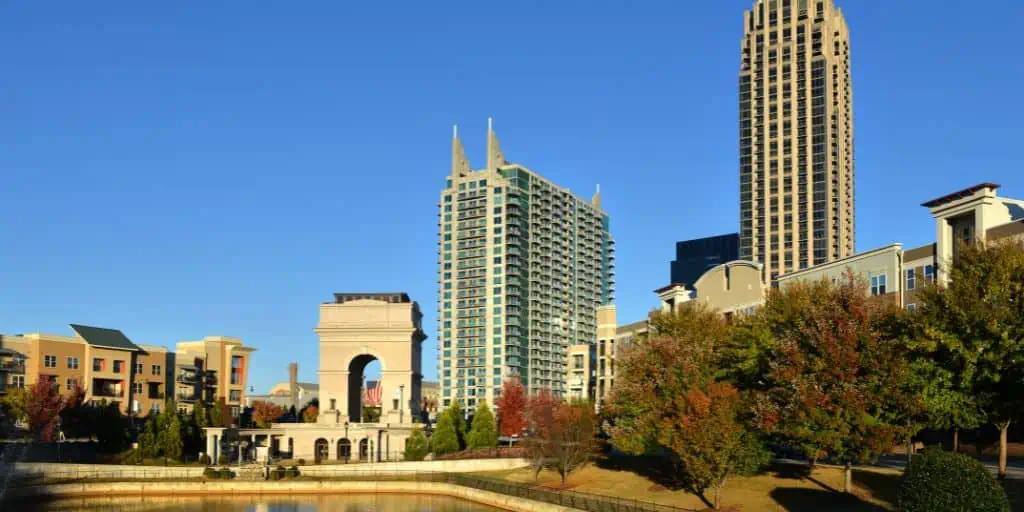
The Millennium Gate, Atlantic Station, Atlanta, GA
Frequently Asked Questions: Land Use
What factors determine land use in a particular area?
Multiple factors dictate land use.
Natural attributes, such as topography, soil quality, and water accessibility, can make an area more suitable for agriculture, conservation, or residential use. Economic demands also play a part; areas with high commercial activity might see more commercial land use. Additionally, societal needs, cultural values, and government policies can shape land use in a particular region.
How do land use policies influence urban development?
Land use policies serve as roadmaps for urban development, steering the growth and character of cities. They can dictate the density of an area, the height of buildings, the provision of public spaces, and more, while governments can use tax incentives to promote appropriate land usage[12].
These policies also balance competing interests, ensuring cities grow sustainably while accommodating various needs. For instance, cities can maintain green spaces for their residents by setting aside areas for parks and recreational activities amidst residential and commercial zones.
Can land use change over time, and what drives these changes?
Yes, land use can evolve based on changing economic, social, and environmental factors. For example, a region once dominated by agriculture might transform into a residential suburb due to urban sprawl.
Technological advancements, population growth, economic shifts, policy changes, and environmental considerations are all drivers that can lead to land use transitions. Land use policies are also increasingly influenced by distant market forces due to globalization[13].
Sources
- What Is Land Use Planning? Site Planning And Land Use Development. (2021, July 19.) Think Architecture. Retrieved from https://www.thinkaec.com/what-is-land-use-planning/
- Ritchie, H. (2019, November 11.) Half of the world’s habitable land is used for agriculture. Our World In Data. Retrieved from https://ourworldindata.org/global-land-for-agriculture
- Bjugan, C. (2023, March 23.) 6 Types of Land Use To Understand When Developing Raw Land. VestRight. Retrieved from https://vestright.com/types-of-land-use/
- Parker, J. (2023, March 16.) What Is Conservation Land Use? Build a Stash. Retrieved from https://www.buildastash.com/post/what-is-conservation-land-use
- Major Land Uses. (2019, August 20.) U.S. Department of Agriculture – Economic Research Service. Retrieved from https://www.ers.usda.gov/topics/farm-economy/land-use-land-value-tenure/major-land-uses/
- Difference Between Land Use and Zoning. (n.d.) DifferenceBetween. Retrieved from http://www.differencebetween.net/business/difference-between-land-use-and-zoning/
- Hoyt, H., Schuetz, J. (2020, May 19.) Flexible zoning and streamlined procedures can make housing more affordable. The Brookings Institution. Retrieved from https://www.brookings.edu/articles/flexible-zoning-and-streamlined-procedures-can-make-housing-more-affordable/
- Slater, S. (2016, February 26.) The Impact of Zoning on Property Values. LinkedIn. Retrieved from https://www.linkedin.com/pulse/how-zoning-can-impact-property-values-shannon-slater/
- Fast Facts on Transportation Greenhouse Gas Emissions. (n.d.) United States Environmental Protection Agency. Retrieved from https://www.epa.gov/greenvehicles/fast-facts-transportation-greenhouse-gas-emissions
- Shore, T. (2020, February 18.) What Are Urban Growth Boundaries and Why Do We Need Them? Greenbelt Alliance. Retrieved from https://www.greenbelt.org/blog/what-are-urban-growth-boundaries-need/
- Atlantic Station. (n.d.) Western Pennsylvania Brownfields Center – Carnegie Mellon University. Retrieved from https://www.cmu.edu/steinbrenner/brownfields/Case%20Studies/pdf/atlantic%20station%20case%20study.pdf
- Governance of Land Use. (n.d.) Organisation for Economic Co-operation and Development. Retrieved from https://www.oecd.org/gov/governance-of-land-use.htm
- Lambin, E., Turner, B., Geist, H., Agbola, S., Angelsen, A., et al. (2001.) The causes of land-use and land-cover change: moving beyond the myths. Global Environmental Change, Volume 11, Issue 4. Retrieved from https://doi.org/10.1016/S0959-3780(01)00007-3
